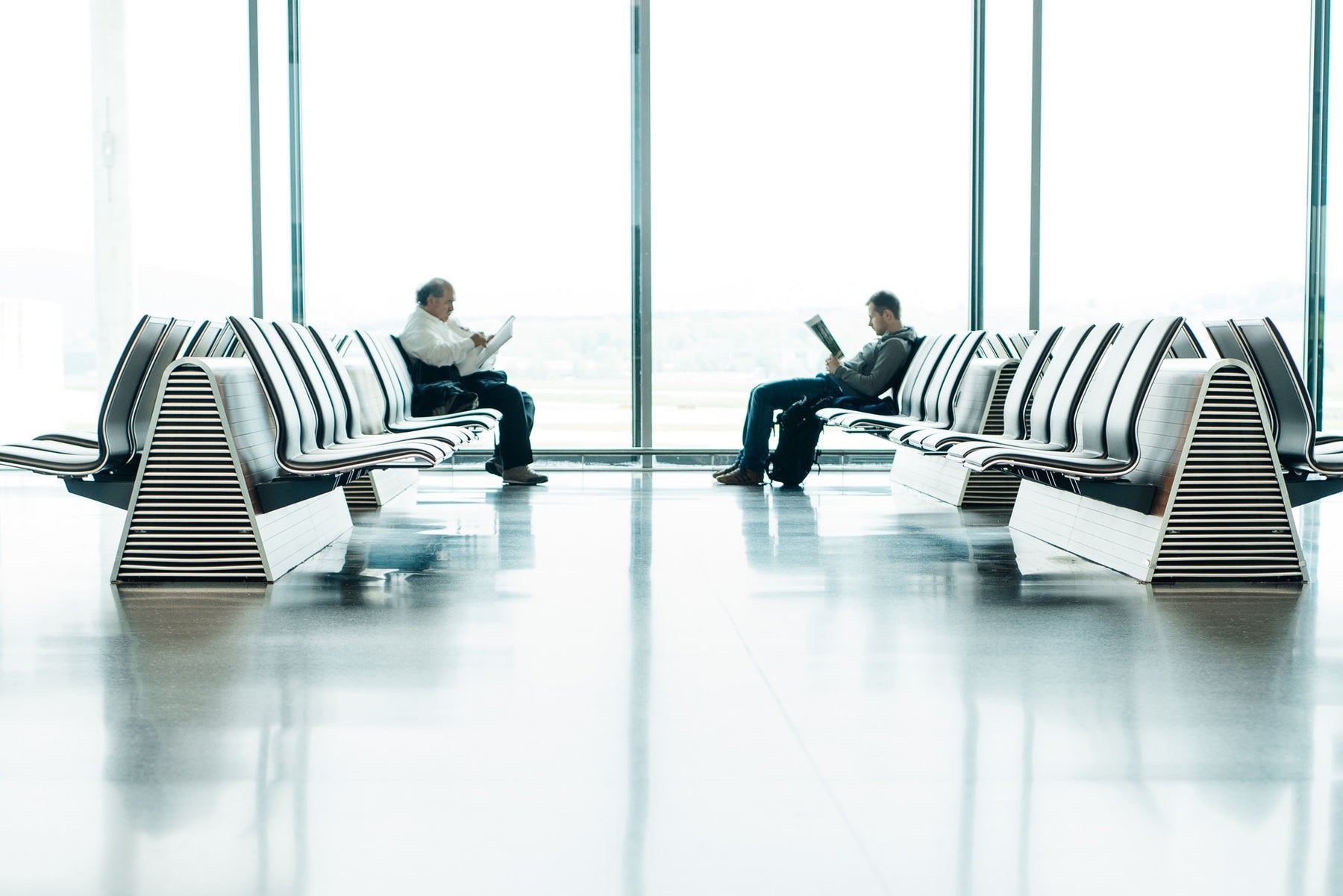
Lithium Ion Batteries in Your Carry-On and Check-In (2019 Update)
We have talked on this blog before about the rules and regulations for charting the airways with photographic equipment and the lithium-ion batteries which power the multiple devices that make up your kit and equip your portable studio. The rules have been amended since that article, so if you plan on traveling while carrying lithium-ion batteries, it’s essential you become aware of the changes, so you know that your equipment is safe.
Photographers rely a great deal on the lithium-ion batteries which power the equipment essential for running a set, but they can make air travel problematic, so here’s the skinny on what you can and can’t carry with you. Lithium-ion batteries with no more than 2g lithium content and capacity less than 100Wh can be transported in carry-on baggage or checked in at the terminal, provided the batteries are stored in the equipment.
Photographers can carry on a maximum of 15 portable electronic devices with lithium-ion batteries stored in the equipment up to a maximum capacity of 100Wh, while spare batteries (a maximum of 20) of this capacity are relegated to checked-in baggage only.

Traveling overseas means you need to be especially cautious about the capacity of the batteries you take with you. Fortunately, lithium-ion batteries are contained in hard-plastic shells which makes them less of a challenge when traveling overseas – provided they fall within the guidelines. All operators will allow capacities of less than 100Wh batteries to be stored in carry-on baggage provided they are stored in the equipment or checked in if they are spare batteries.
Spare lithium batteries should be protected against short-circuits by being transported in the original retail packaging, or by placing tape over the terminals. Batteries may also be carried in separate plastic bags or protective pouches.
The TSA allows batteries between 100 and 160Wh to be transported in checked-in baggage, with up to 2 spare batteries falling within this capacity permitted in carry-on luggage. Photographers who travel the world will want to ensure they are up to speed with the regulations of the carrier they are flying with to ensure they won’t have to leave any equipment behind.
If you’re traveling with a device which requires large amounts of power, such as the 180W Pro Bi-Color LED Panel from D & O Lighting, then you will need large capacity batteries. If you know you’re shooting at a location without mains power, then traveling with batteries of 160Wh and beyond is essential. These capacities will be subjected to IATA Dangerous Goods Regulations so checking with your carrier before showing up at the terminal will be your best option.
|
|
|
|
|
|
|
|
In equipment (PED or PMED) |
Yes (max 15 PED/PMED1) |
Yes |
No1 |
|
Spare Battery (ies) |
Yes (max 20 spare batteries2) |
No |
No2 |
|
|
>100 to ≤160Wh
|
In Equipment (PED or PMED) |
Yes |
Yes |
Yes |
|
Spare battery (ies) |
Yes (Max 2 spare batteries) |
No |
Yes |
|
|
|
|
|||
|
|
In equipment (PMED only) |
Yes |
Yes |
Yes |
|
Spare batteries for PMED |
Yes (Max 2 spare batteries) |
No |
Yes |
|
* 15 PED (portable electronic devices).
*2 Each passenger is allowed a maximum of 20 spare batteries of any type. The operator may approve a greater number of batteries.

Comments
Leave a comment